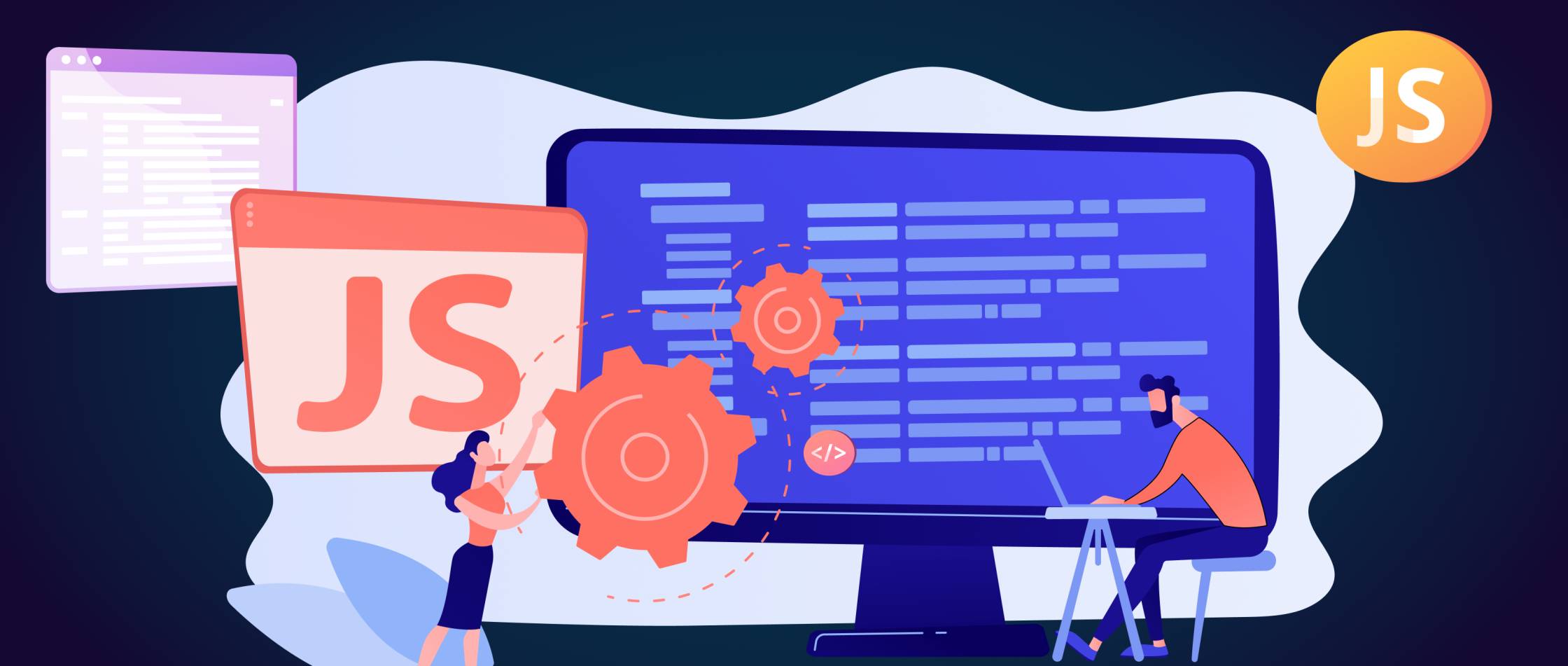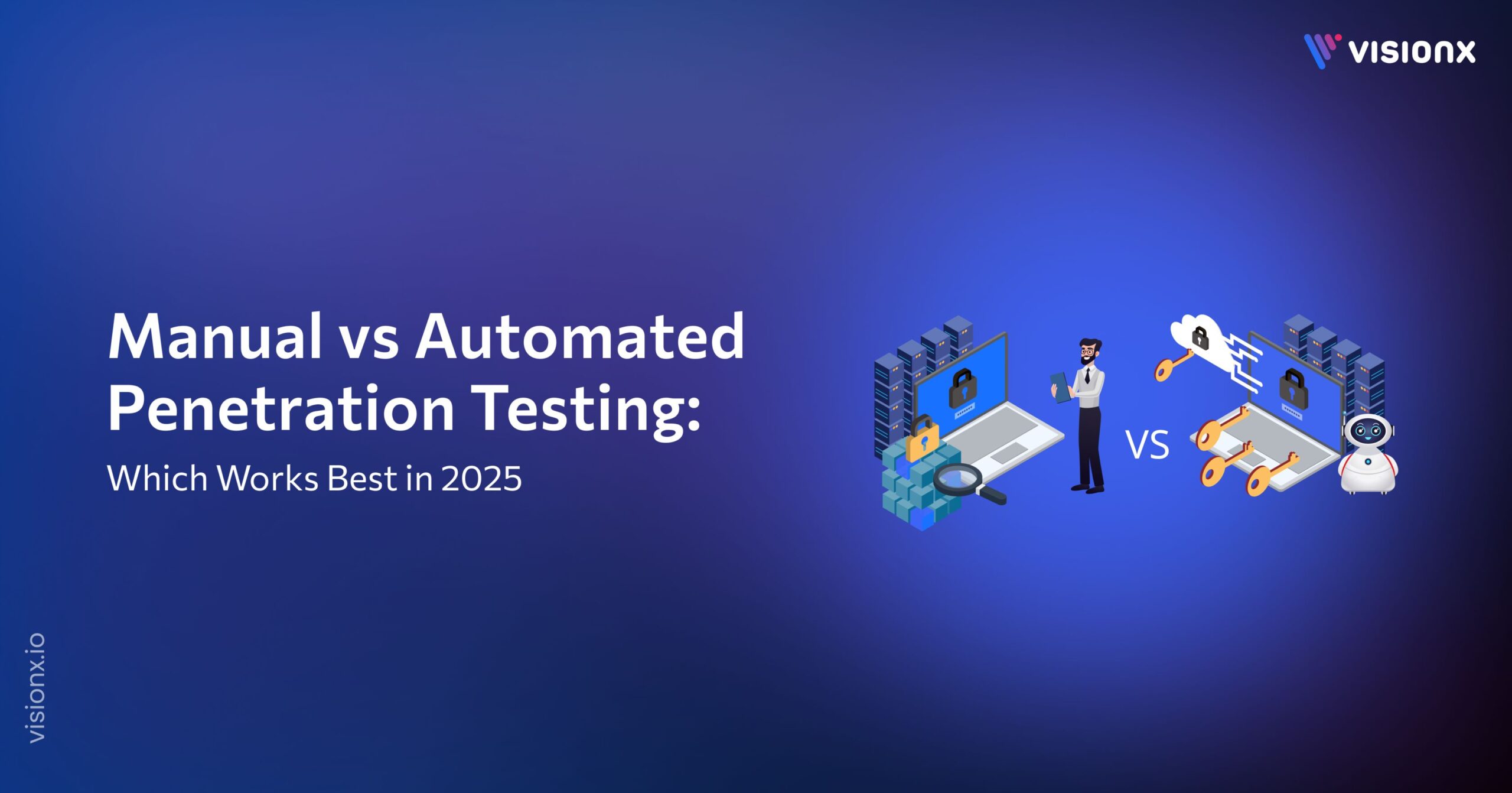Node.js, an open-source, cross-platform JavaScript runtime environment, has revolutionized web development with its non-blocking, event-driven architecture. Node.js can be used as a backend language with React Native for app development or as a front-end language. Developers must manage different Node.js versions efficiently, and this guide focuses on using Node Version Manager (NVM) to check, update, and downgrade Node versions.
What is Node Version Management?
Node Version Manager (NVM) is a pivotal tool that simplifies the complex task of managing multiple Node.js versions on a single machine. Its significance becomes particularly apparent in diverse development environments where different projects may require different Node.js versions. For instance, an older project might be compatible only with an earlier version of Node.js, while new projects could leverage the latest features of the most recent version.
NVM operates as a command-line utility, offering developers a straightforward yet powerful interface. With it, you can install or uninstall specific Node.js versions according to your project requirements. This capability is essential for testing applications across various Node versions, ensuring compatibility and stability.
Additionally, NVM allows developers to switch between different Node.js versions seamlessly. This feature is particularly useful when working on multiple projects or when a project needs to be tested under different Node versions.
Moreover, NVM empowers developers to set a default Node.js version for their development environment. This setting ensures consistency across development workflows and minimizes the risk of version-related issues. The utility of NVM extends to its ability to run commands with specific Node.js versions, adding another layer of flexibility in version management.
NVM’s role in Node.js version management is not just about convenience but also about ensuring that development environments are adaptable, consistent, and compatible with varying project requirements. Its usage is a standard practice among Node.js developers, underscoring the importance of efficient version management in modern web development services.
How to Check Your Current Node Version?
Knowing the current version of Node.js you’re working with is a fundamental aspect of managing your development environment. This knowledge is especially crucial when starting a new project, debugging, or when you need to ensure that your environment meets the prerequisites of a project’s dependencies.
Checking your Node.js version is straightforward:
- Open a Terminal: On Windows, you can use Command Prompt or PowerShell, while macOS and Linux users can use the Terminal application.
- Run the Command: Type node -v in the terminal and press Enter. This command is universally applicable across different operating systems.
- Interpreting the Output: The terminal will display the current version of Node.js installed on your system, typically in a format like v14.18.1. This version number is crucial for understanding what Node.js features are available to you and can guide you in updating or downgrading if necessary.
Regularly checking the Node.js version is not just a good practice for individual developers but is also crucial in collaborative environments. It ensures everyone on the team is working in a consistent environment, reducing the “it works on my machine” syndrome. Additionally, it allows developers to stay informed about the latest Node.js versions and the features or security updates they offer.
In environments where multiple Node.js versions are in use, such as in large teams or complex projects, this simple check becomes an essential part of the workflow. It ensures that each part of the project is compatible with the version of Node.js it was designed for, thereby mitigating potential conflicts or compatibility issues.
Changing and Updating Your Node Version
Updating or changing the Node.js version in your development environment is a common task, particularly as new features and fixes are released. Node Version Manager (NVM) streamlines this process, making it simple to switch between different Node.js versions as per your project’s requirements.
-
Installing a New Version with NVM:
To install a new version of Node.js, open your terminal and use the command nvm install <version>. For instance, nvm install 14.18.1 will download and install Node.js version 14.18.1. NVM allows the installation of multiple Node.js versions simultaneously, giving you the flexibility to work with different versions for different projects.
-
Switching to a New Version
After installing the desired version, switch to it using nvm use <version>. For example, nvm use 14.18.1 will set Node.js version 14.18.1 as the active version for your terminal session. This command makes sure that the Node.js version aligns with your current project needs.
-
Confirming the Active Version
After switching versions, it’s good practice to confirm the active version by running node -v. This step ensures that the switch was successful and you are indeed working with the intended version of Node.js.
Downgrading Your Node Version
There are scenarios where you might need to downgrade to an older version of Node.js, often due to compatibility issues with legacy systems or specific project dependencies. NVM facilitates this process, allowing you to manage multiple versions and switch between them as needed.
-
Installing an Older Version:
To downgrade, first, install the older version using nvm install <older-version>. For example, nvm install 12.22.1 would install Node.js version 12.22.1.
-
Switching to the Older Version:
Once the older version is installed, switch to it using nvm use <older-version>. For instance, nvm use 12.22.1 will activate Node.js version 12.22.1 for your current terminal session.
-
Verifying the Downgrade:
As with upgrading, it’s recommended to verify the active version by running node -v. This confirms that you have successfully downgraded to the intended older version of Node.js.
Downgrading Node.js versions is a critical step in maintaining compatibility with certain projects or testing environments. It ensures that your development environment can support a wide range of project requirements, regardless of the Node.js version they were originally built with.
Setting a Default Node Version with NVM
Setting a default Node.js version using Node Version Manager (NVM) is a useful feature for developers who work on multiple projects or frequently switch between tasks. It allows you to define a specific Node.js version as the standard for your development environment, streamlining your workflow and reducing the need for frequent version switches.
- Using the NVM Alias Command: To set a default Node version, use the nvm alias default <version> command. For example, nvm alias default 14.18.1 will set Node.js version 14.18.1 as your default version.
- Global Impact: This setting applies globally across all your projects, meaning that any new terminal session or project will automatically use this default version unless explicitly changed. This global setting is particularly beneficial in maintaining consistency and reducing version-related issues across various projects.
- Checking the Default Version: After setting a default version, you can confirm it by opening a new terminal session and running node -v. If the default setting was successful, it should display the version you set as the default.
- Flexibility in Changing the Default Version: You can change the default version anytime using the same nvm alias default <version> command, providing flexibility as your project requirements evolve.
Switching Between Different Node Versions
NVM’s ability to switch between different installed Node.js versions is one of its most appealing features, offering unparalleled flexibility to developers working on diverse projects.
- Switching to a Specific Version: To switch to a particular version, use nvm use <version>. For instance, nvm use 12.22.1 will change your current session to Node.js version 12.22.1. This capability is crucial for projects that are built or run best on specific Node.js versions.
- Ease of Switching: The process is quick and straightforward, allowing developers to adapt to different project requirements with ease.
- Session-Specific Changes: It’s important to note that the nvm use <version> command changes the Node.js version only for the current terminal session. If you open a new terminal window or restart your computer, it will revert to the default version set by NVM unless you specify otherwise.
- Project-Specific Configuration: For projects where a specific Node.js version is required, you can create a .nvmrc file in the project’s root directory with the desired version number. When you navigate to the project directory in the terminal and run nvm use, NVM will automatically switch to the version specified in the .nvmrc file.
Both setting a default Node version and switching between different versions are fundamental practices for maintaining a flexible and efficient Node.js development environment. These practices ensure that your workflow is aligned with the diverse requirements of various Node.js projects.
Best Practices for Node Version Management
1. Use Semantic Versioning
Semantic Versioning (SemVer) helps in version numbering and communicating changes to developers, ensuring codebase stability.
2. Keep Dependencies Updated
Regularly update Node.js dependencies to maintain security and compatibility.
3. Automated Testing
Implement automated testing with tools like Jest or Mocha to ensure codebase stability.
4. Continuous Integration and Deployment (CI/CD)
Utilize CI/CD tools for automated building, testing, and deploying code changes, catching errors early in the development process.
Managing Conflicts in Node.js Version Control
Version control is an essential part of any collaborative development project. Conflicts often arise when multiple developers work on the same codebase, especially in a Node.js environment where asynchronous events and callbacks are common. Tools like Git are integral in identifying, tracking, and resolving these conflicts, ensuring a smooth and efficient development process.
1. Identifying Conflicts:
When developers work on the same sections of code and try to merge their changes into a shared repository, conflicts may occur. Git is adept at identifying these conflicts and alerts the developer during the merge process. It’s crucial to be aware of these alerts to maintain the integrity of the codebase.
2. Using git merge for Conflict Resolution:
The git merge command is often used to combine different branches. When a conflict arises during a merge, Git will pause the process, allowing developers to manually resolve the conflict. Git marks the conflicting areas in the code, making it easier to identify and resolve the discrepancies.
3. Advantages of git rebase:
Git rebase is another powerful tool for conflict resolution. While git merge combines the histories of two branches, git rebase modifies the sequence of commits, rearranging them for a cleaner project history. However, it should be used with caution as it can rewrite the history of the branch.
Best Practices for Conflict Resolution:
- Clear Communication: Effective communication among team members is key. Discussing the changes and intended outcomes can prevent many conflicts.
- Regular Pulls from the Main Branch: Developers should regularly pull changes from the main branch into their feature branches. This practice helps to reduce the number of conflicts by keeping the branches updated.
- Understanding Changes: Before resolving conflicts, understand why they occurred. Analyzing the differences between conflicting code sections can provide insights into the best resolution approach.
- Manual Resolution: Sometimes, manual intervention is necessary. Developers should carefully review conflicting code and decide which changes to keep, modify, or discard.
- Post-Conflict Actions: After resolving conflicts, it’s important to thoroughly test the code to ensure that the resolutions haven’t introduced new issues. Running automated tests and performing code reviews can help catch any problems early.
Managing conflicts in Node.js version control is not just about technical proficiency with tools like Git but also about adopting best practices in communication and project management. A proactive approach to conflict resolution can significantly enhance the efficiency and quality of a collaborative development process.
Version Control Tools for Node.js
- Git: A distributed version control system that is widely used in the software development industry.
- GitHub: A web-based hosting service for Git repositories, providing a user-friendly interface for managing repositories.
- GitLab: Similar to GitHub, it offers additional features like continuous integration and deployment.
Conclusion
Effective version control for Node.js is essential for any development project. Node.js version installation, version switching, and testing are made easier with Node Version Manager (NVM). This customizes the environment to developer workflows and project requirements. Git also makes efficient teamwork and code change management possible.
A strong framework is established by using Git for source control and NVM for version control. This keeps the development environment consistent even when there are several contributors. In general, proactive utilization of tools such as NVM and Git is essential for maximizing efficiency.


